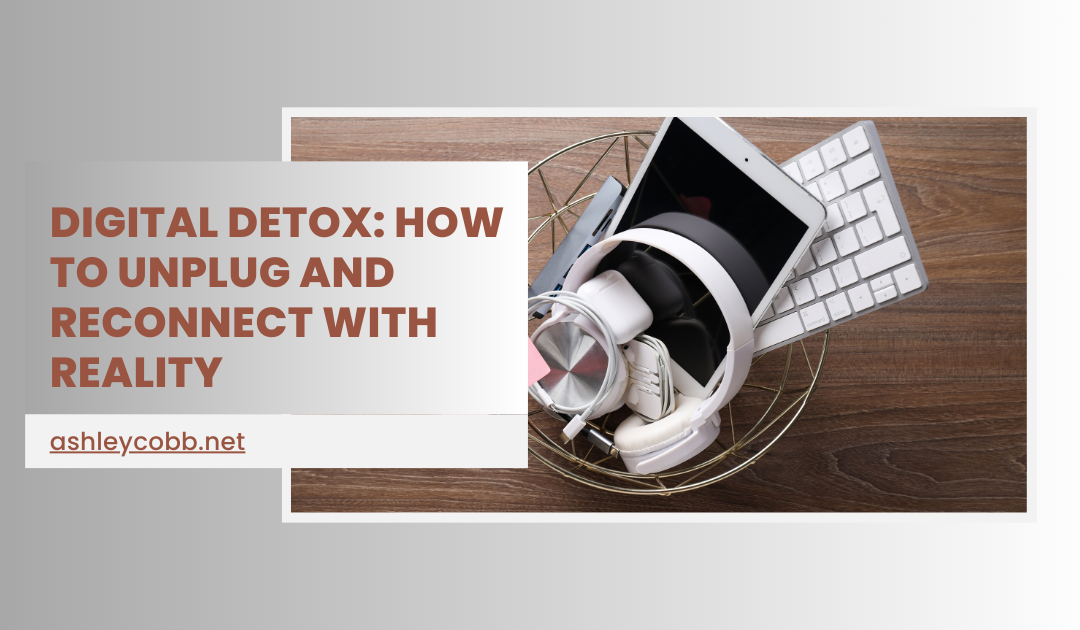In today’s hyper-connected world, screens dominate daily life. From smartphones and laptops to tablets and televisions, digital devices have become an essential part of work, social interactions, and entertainment. While technology offers undeniable benefits, excessive screen time can lead to stress, anxiety, and a feeling of disconnection from the real world. A digital detox—taking a deliberate break from electronic devices—helps restore balance, improve mental well-being, and strengthen relationships.
The first step in a digital detox is recognizing the need to unplug. Many people do not realize how dependent they have become on technology until they intentionally take a break. Constant notifications, emails, and social media updates create a cycle of distraction that makes it difficult to focus on the present moment. Identifying specific triggers, such as checking the phone first thing in the morning or endlessly scrolling before bed, can help in setting clear boundaries.
Creating designated tech-free times and spaces is an effective way to reduce screen dependency. Establishing “no-phone zones” in areas like the bedroom or dinner table allows for more meaningful interactions with family and friends. Setting a rule to avoid screens an hour before bedtime improves sleep quality by reducing exposure to blue light, which interferes with melatonin production. These small changes can significantly enhance overall well-being and promote better mental clarity.
Replacing screen time with offline activities is an essential part of a successful digital detox. Engaging in hobbies such as reading, journaling, or outdoor activities provides a refreshing break from the digital world. Physical exercise, whether it is yoga, hiking, or playing a sport, not only improves physical health but also reduces stress and boosts mood. Creative pursuits like painting, cooking, or playing a musical instrument help in rediscovering passions that often get overshadowed by digital distractions.
Social interactions improve when devices take a backseat. Face-to-face conversations foster deeper connections, while excessive screen time can create emotional distance. Scheduling regular outings with loved ones, having meals together without distractions, or simply enjoying a walk while engaging in meaningful conversations strengthens relationships. Being present in the moment allows for richer experiences and a greater appreciation of life’s simple joys.
Mindfulness plays a crucial role in a digital detox. Practicing mindfulness means being fully aware of thoughts, emotions, and surroundings without the constant need for digital validation. Meditation, deep breathing exercises, or simply taking a moment to appreciate nature helps in grounding the mind. Setting intentions for technology use, such as only checking emails during specific hours or limiting social media to a set time, reduces mindless scrolling and enhances productivity.
Reevaluating the role of technology in daily life creates a healthier relationship with digital devices. While complete disconnection may not be realistic, mindful usage ensures that technology serves as a tool rather than a distraction. Apps that track screen time or provide reminders for breaks help in maintaining balance. Taking periodic digital detoxes, whether for a few hours each day or an entire weekend, allows for a reset that improves focus and overall well-being.
A digital detox is not about completely eliminating technology but about creating intentional boundaries. It is about reclaiming time, reducing stress, and reconnecting with reality. By making conscious choices to limit screen time and engage in meaningful activities, individuals can enjoy a more fulfilling and present life.

